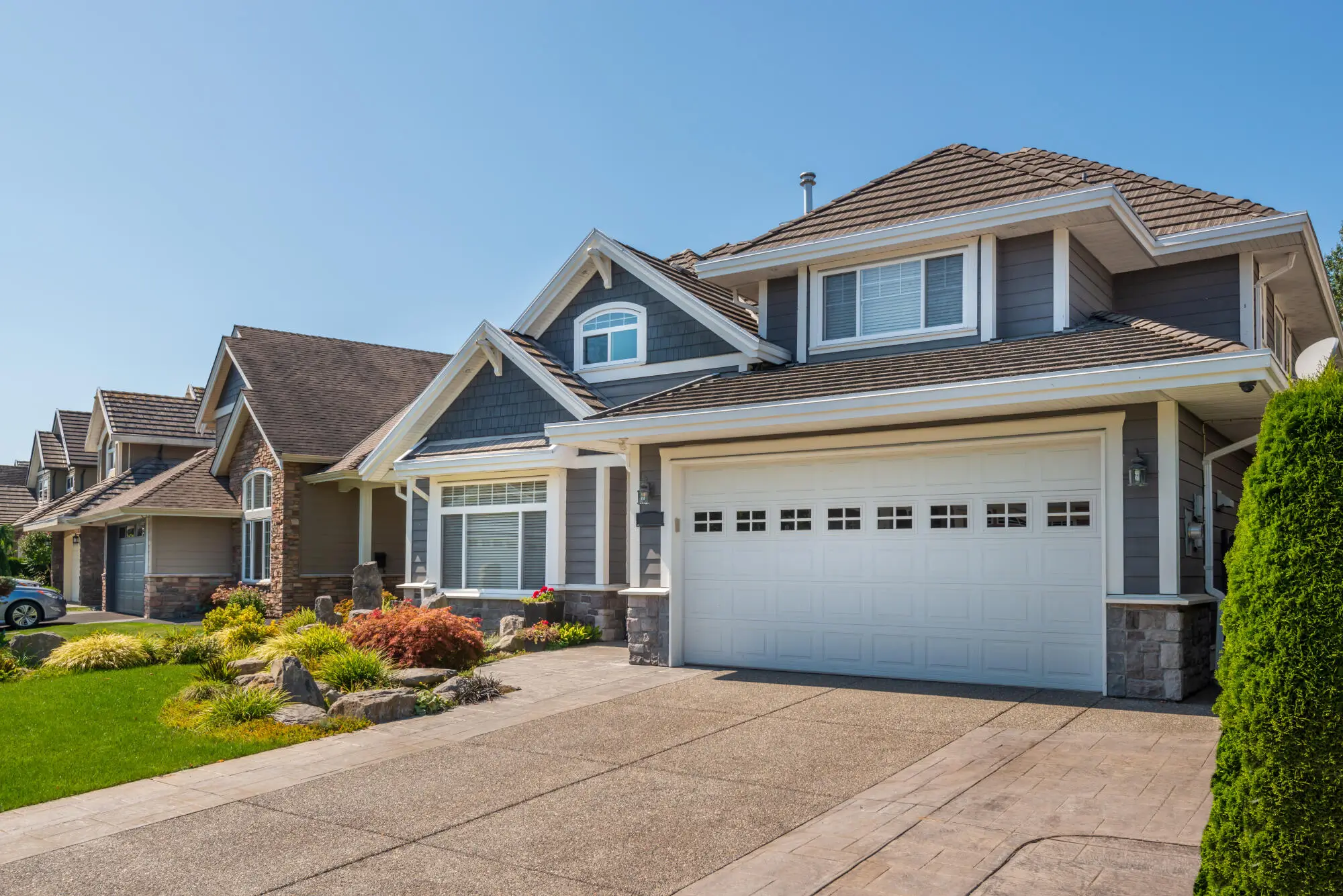HOA violations are more than a nuisance--they can threaten community harmony and property values. Roughly 84% of newly built single-family homes sold in 2022 were part of homeowners associations, creating more potential for violations to increase.
Addressing violations swiftly and fairly not only reduces conflict but also strengthens trust between homeowners and the HOA board.
Equip your board with the tools to handle violations effectively and keep your community thriving. Explore our violation prevention strategies and ensure your community stays on track with minimal stress and maximum efficiency.
Repeat Violations vs. Continuing Violations
Helping your community understand HOA compliance rules is the first step toward maintaining a positive relationship. Most homeowners don't deliberately break the rules, but even well-meaning homeowners can occasionally miss the mark.
Here's what sets the two main types of violations apart:
Repeat Violations
These occur when someone repeats the same infraction after a warning or notice from the HOA. Common examples include:
- Parking in restricted areas despite warnings
- Recurring noise complaints.
Continuing Violations
Continuing violations persist until corrective action is taken. Examples include:
- Leaving unapproved fence colors unchanged
- Failing to remove unauthorized structures
Best Practices for Handling HOA Violations
When a violation occurs, the enforcement process typically begins with a written notice. The notice allows homeowners the opportunity to address the issue. Ignoring notices can lead to fines or even legal action.
To help homeowners better understand HOA policies, consider holding annual informational meetings or distributing clear, easy-to-understand guides outlining community rules and expectations.
Addressing how repeat violations impact the community can motivate homeowners to take corrective action
The Toll of Repeated and Continuing Violations
When repeat violations occur, they can cause ongoing tension between homeowners and the HOA board. Repeated rule-breaking, even after multiple warnings, can diminish the board's authority and create frustration within the community.
Repeat violations impact the entire community, and can cause ongoing tension between homeowners and the HOA board. Managing continuing violations challenges the HOA board because the issues won't go away until the board takes corrective action.
Ongoing problems can harm the community's appearance and property values, making it essential for the HOA to offer solutions and collaborate with homeowners to resolve them efficiently.
Tips for HOA Boards to Help Homeowners Stay in Compliance
A key responsibility of HOA boards is to make sure homeowners remain informed and in compliance with community rules. By taking a proactive approach, you can prevent violations before they occur.
Consider the following community management tips to help homeowners stay in compliance:
- Host informational workshops
- Create an online resource
- Recognize rule-abiding homeowners
- Use proactive violation notices
- Offer personalized support
Taking steps to help homeowners avoid potential violations not only maintains a positive relationship with residents but also reduces the risk of fines and ensures a well-managed community.
Partner With PMI Village Alliance
HOA violations can create significant challenges for boards, but clear communication and proactive management can make all the difference.
At PMI Village Alliance, we go beyond traditional property management by combining local expertise with cutting-edge technology to deliver exceptional service. Whether it's real-time updates on community performance or personalized support to simplify operations, we're here to help you succeed.
Request a bid today and experience how we make association management manageable!


